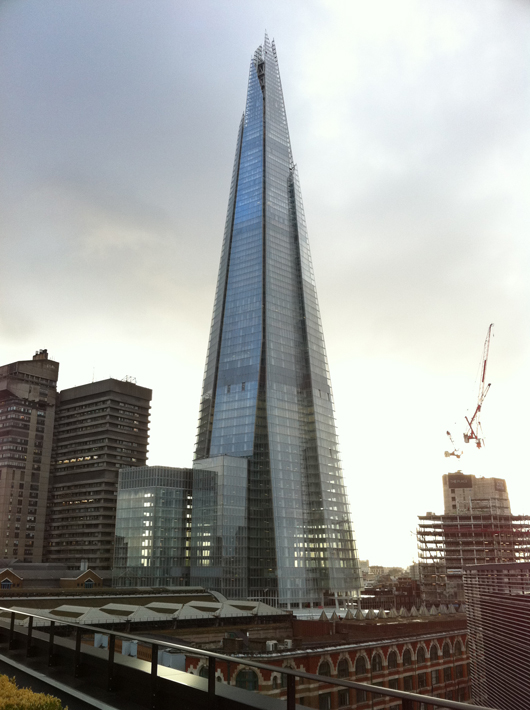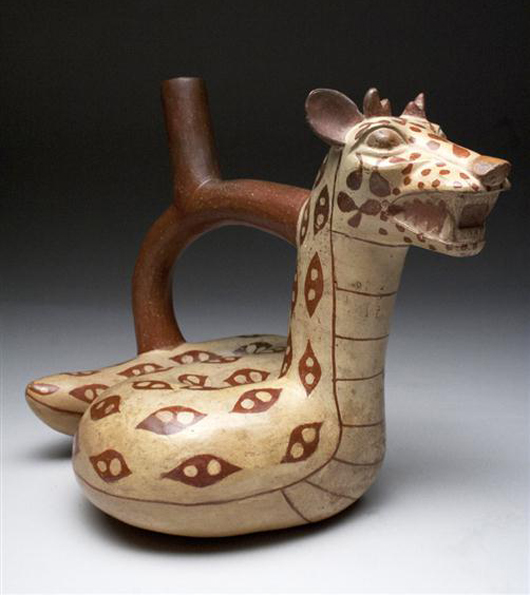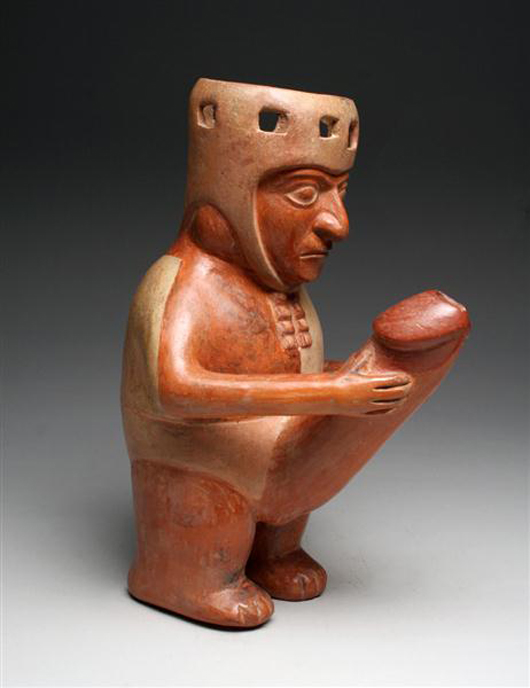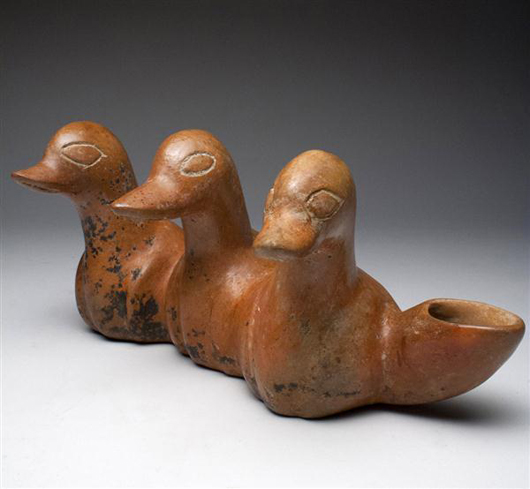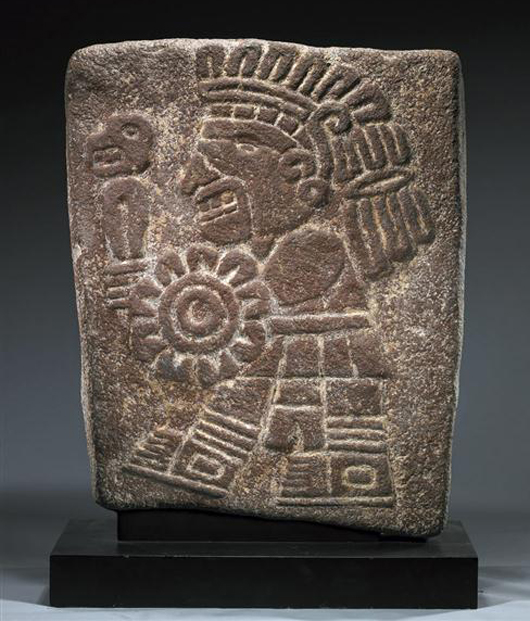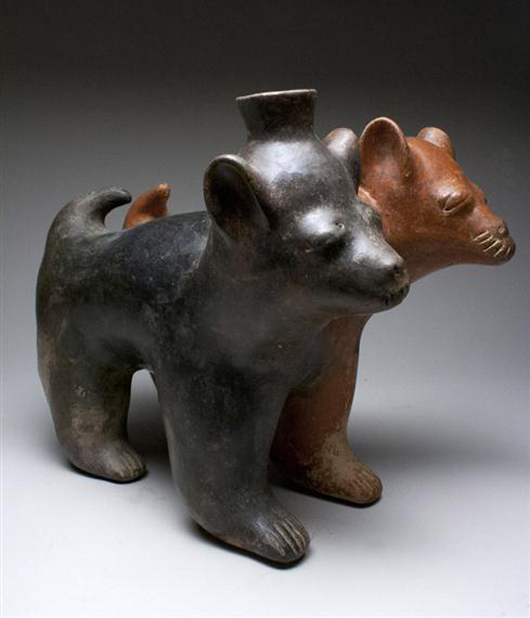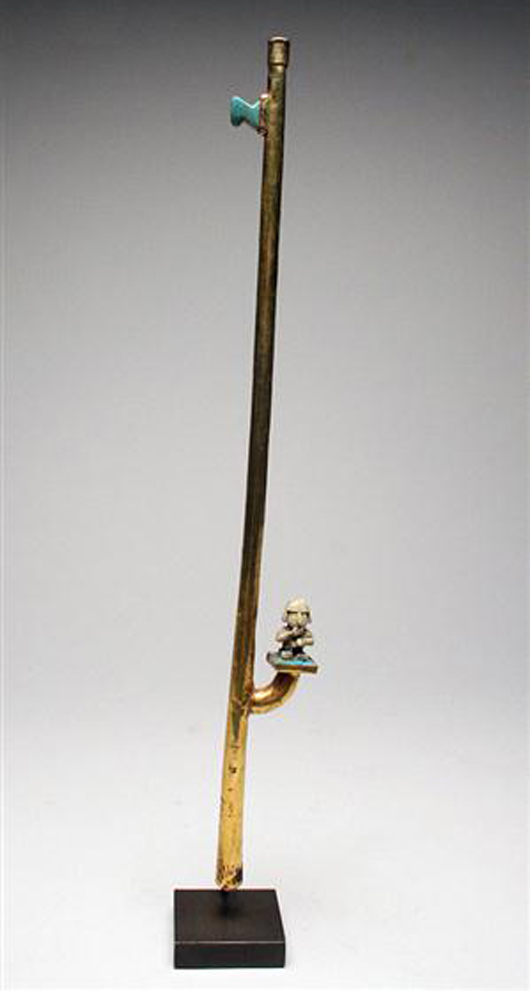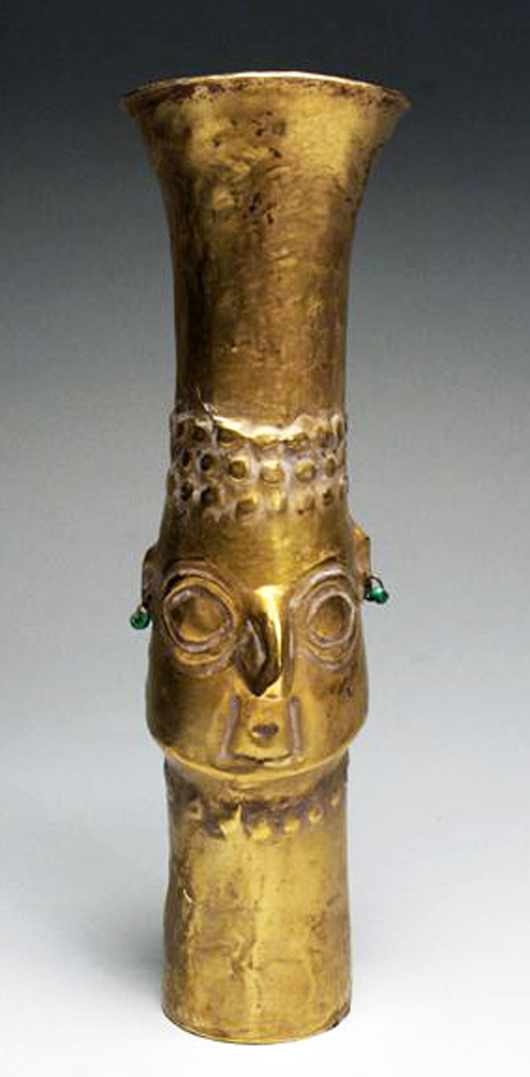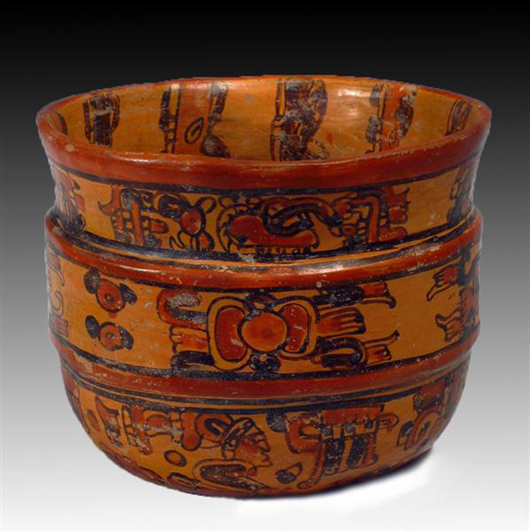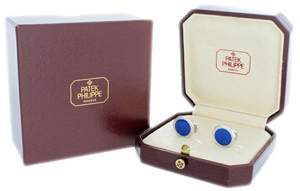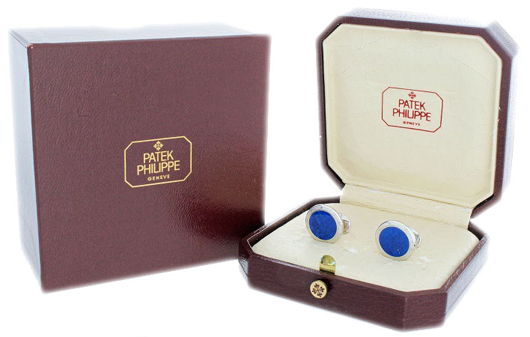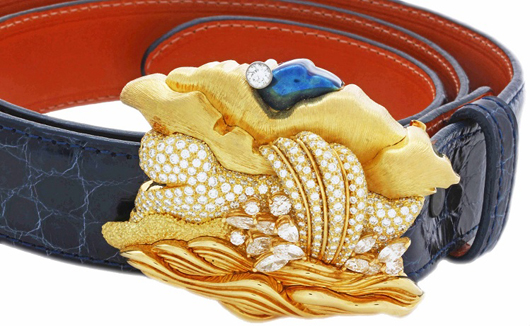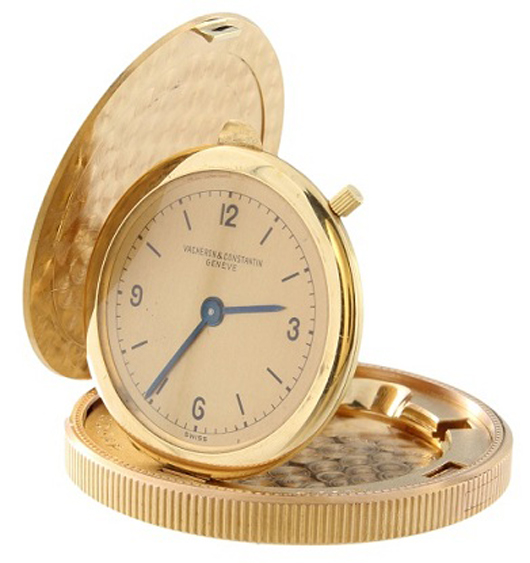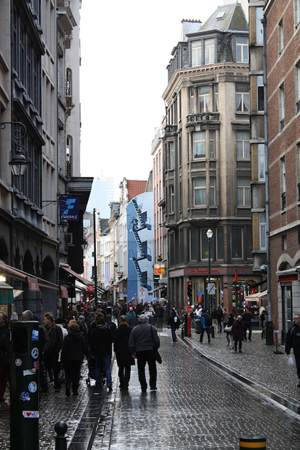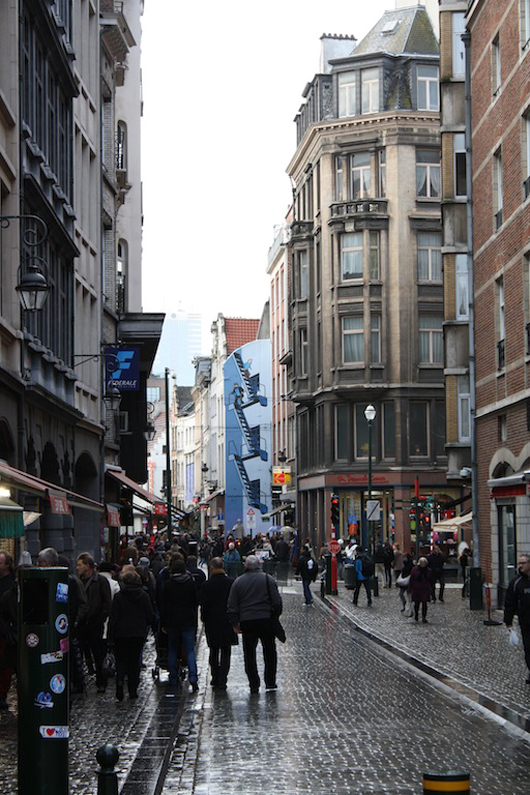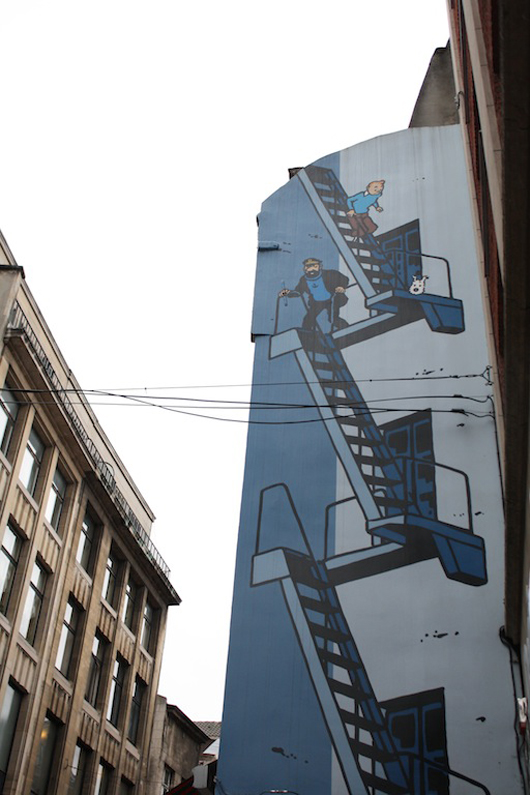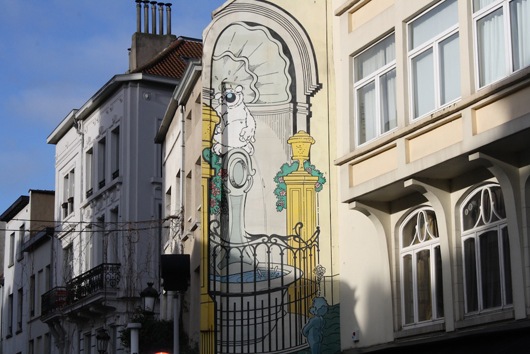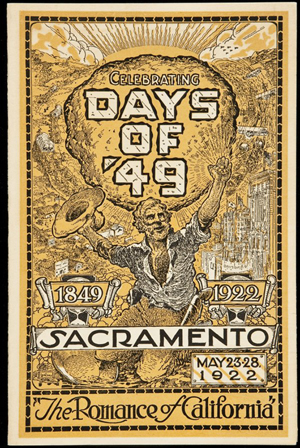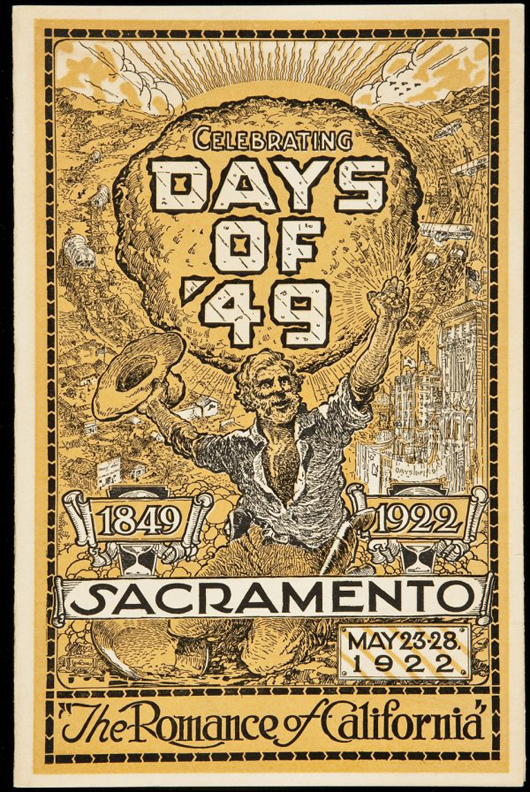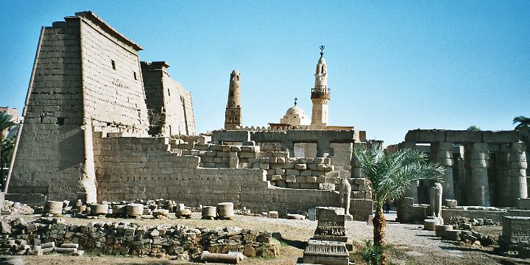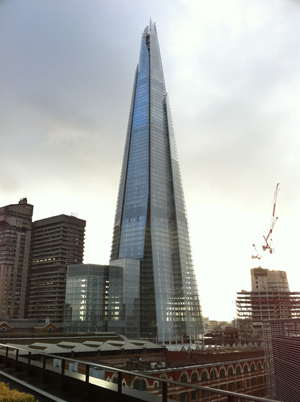
LONDON (AFP) – The Shard, western Europe’s tallest skyscraper, opens its viewing platform to the public on Feb. 1, giving unrivaled views over London and defiantly snubbing critics of the gigantic tower.
The 110-meter (1,017-foot) Shard has been described as too tall, too futuristic, too likely to cast its shadow over London’s historic monuments – and too costly at a time of austerity, even though 95 percent of its £450 million ($727 million, 548 million euros) cost has been financed by Qatar.
William Matthews, project architect for the gleaming, jagged-tipped building designed by Italian super-architect Renzo Piano, dismisses the critics.
“The Eiffel tower was a building that was hated when it was built, and now it is much loved by the Parisians,” he told AFP on a tour of the Shard.
“These tall buildings – the Eiffel Tower, the Empire State building – they become symbols that people associate with their city.”
For Matthews, it was crucial for the public to have access to the new skyscraper.
“It’s not just a private building for a few exclusive people,” he said.
But visitors heading to the viewing decks between floors 68 and 72 will need deep pockets as well as a strong head for heights, with tickets costing £24.95 ($40, 30 euros) per adult.
The relatively steep prices – another criticism frequently leveled at the Shard’s developers – have not deterred everyone, however.
The attraction has taken tens of thousands of reservations and hopes its high-speed elevators will carry up to 1.5 million people each year to the deck, which offers stunning 360-degree views from a height of 244 meters.
“It’s a natural starting point for exploring the UK’s capital,” Andy Nyberg, chief executive of The View from The Shard, told AFP.
The attraction includes screens showing documentaries on the city’s history and inhabitants, as well as an introduction to British humor in the form of giant photo montages.
Margaret Thatcher, the former prime minister known as the Iron Lady, is shown pedaling alongside her philosophical nemesis Karl Marx on a tandem bicycle.
World War II Prime Minister Winston Churchill, meanwhile, appears in Union Jack-patterned shorts, his ever-present cigar clamped in his mouth.
Passengers will rise at a speed of 6 meters a second to reach the viewing platforms – the highest of which is open to the elements – to strains of original elevator music recorded by the London Symphony Orchestra.
On a clear day, they will be able to see for 60 kilometers (nearly 40 miles) around – the River Thames snaking into the distance, along with famous landmarks including Big Ben, St Paul’s Cathedral and Buckingham Palace.
“It will feel like flying,” promises Piano, whose previous creations include the colorful Centre Pompidou art gallery in Paris.
To the east, the city’s other recent architectural additions – the Olympic venues dotted around an area that was previously one of London’s most deprived corners – join the futuristic skyscrapers of the financial district.
And just across the river, standing out from the mass of grey stone buildings with its ochre brickwork, sits the thousand-year-old Tower of London.
Though it is significantly shorter than Dubai’s 828-meter Burj Khalifa, the world’s tallest building, the top of the Shard often disappears into the clouds.
But organizers insist that even those whose visits coincide with a bout of London’s famous drizzle will be able to enjoy the view, using computerized telescopes showing earlier images of the city bathed in sunshine.
Marketed as a “vertical city,” the Shard will be home to offices, luxury shops and restaurants, a five-star hotel and the highest residential properties in Britain.
Developers estimate that the building will have some 8,000 inhabitants once fully occupied.
From ground level, the view of the tower itself is as striking as the one from its summit. Passers-by provide a telling indication of what the public thinks of the new building, says Piano.
He likes to quote the advice of his compatriot and friend, the filmmaker Roberto Rossellini: “Don’t look at the building – look at the faces of the people looking at the building.”
ADDITIONAL IMAGE OF NOTE
